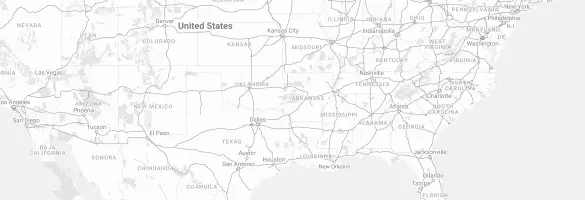
Dominator® 4857
Residue management, soil tilth and level soil surface area are all key factors in yield potential. The Dominator 4857 meets this challenge and outperforms competitive tools. Working widths range from 10’6” to 19’6”.
Residue management, soil tilth and level soil surface area are all key factors in yield potential. The Dominator 4857 meets this challenge and outperforms competitive tools. Working widths range from 10’6” to 19’6”.
The Dominator 4861 was developed with 24" shank spacing to promote subsoil maintenance, while providing increased working widths and operator productivity. RTK working widths range from 14’ to 26’.

